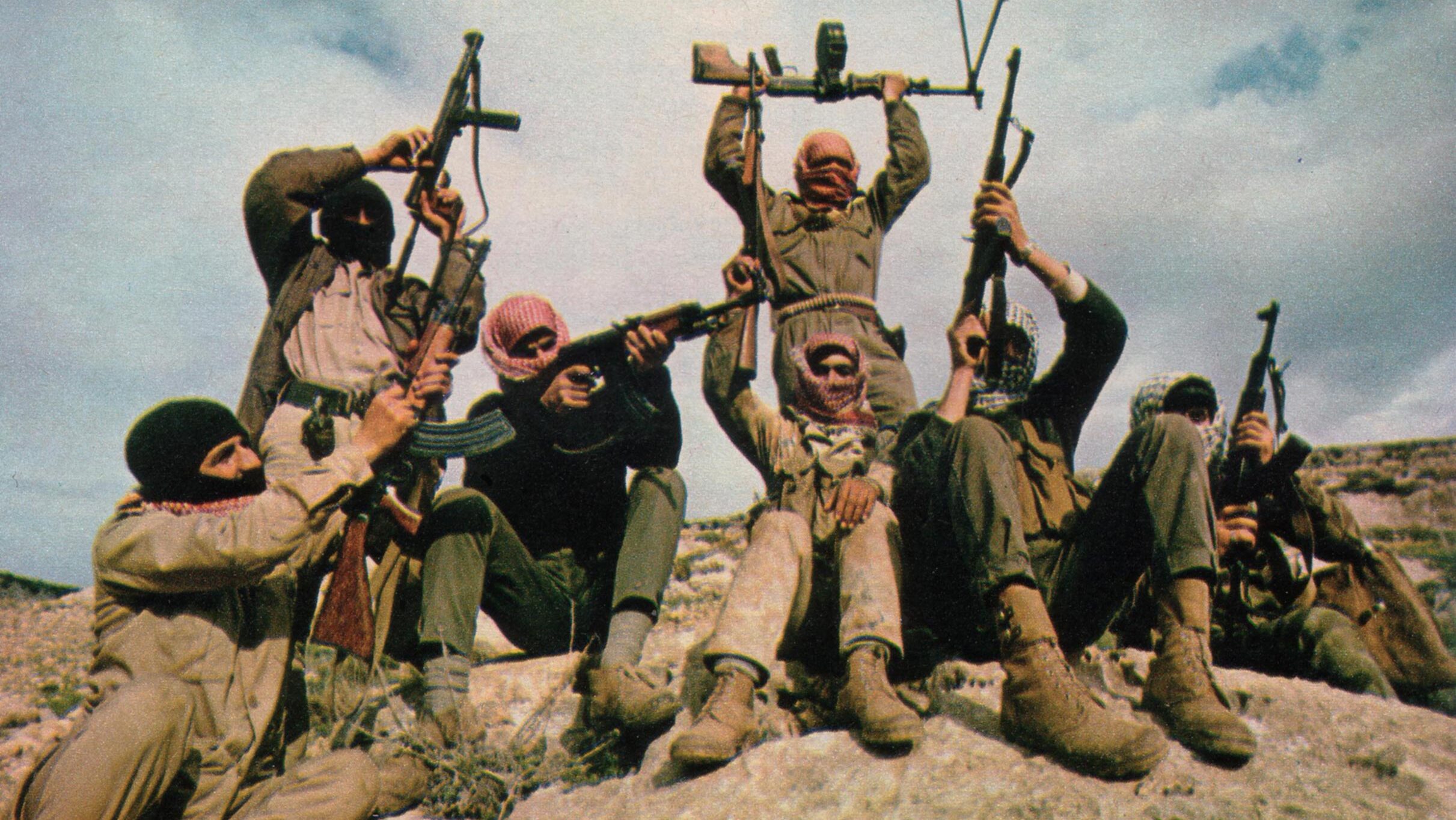From the Abdali Sleeper Cell to the Jordan Sleeper Cell
Nida Al Watan, Lebanon, May 17
The recent Jordanian disclosure of a weapons shipment sent from Iraq to Jordanian terror cells has heightened fears of an Iranian strategy to turn Jordan into another Iraq, Lebanon, or Yemen. This is an ambition that King Abdullah II of Jordan anticipated years ago when he warned of a plan for a “Shiite crescent” orchestrated by Tehran. This plan aims to control key areas in the region, ultimately seeking American recognition of Iran as a regional power capable of preserving its gains and influence by destabilizing weaker states under the guise of resistance. The Jordanian weapons cache reminds us of a similar incident in Kuwait, where Iran managed to smuggle in tons of armaments, hiding them in the Abdali area until the opportune moment to destabilize Kuwait. This model, tested in Lebanon, Iraq, Syria, and Yemen, achieved significant success for the mullah regime but led to the devastation of these countries and their people, creating disasters arguably worse than the 1948 catastrophe in Palestine. For years, Tehran has been executing a plan aimed at destabilizing Jordan. Initially, this involved attempts to use Jordan as a corridor for exporting fenethylline and has now evolved into attempts to store weapons. This agenda has been accompanied by campaigns to inflame nationalist instincts, manipulate the Palestinian issue, and provoke political Islamic movements to undertake dangerous missions that ultimately transform national states into economically and politically failed entities. These Iranian efforts intensified significantly after the Al-Aqsa Flood operation on October 7. Alongside inciting the Jordanian populace against their state by exploiting the Palestine and Gaza issues, the revelation of arms smuggling underscores Tehran’s practical approach to destabilization. This tactic fuels the illusion of opening a new front across the Jordan River and threatens to dismantle Jordan’s political stability and economic recovery efforts. Should this plan succeed, one might see the emergence of groups akin to the Houthis, Hezbollah, and the Hashd Al-Shaabi in Jordan, identifying themselves as so-called resistance movements. However, achieving this will not be easy. Tehran must remember it faces a nation with extensive experience in navigating crises. The Hashemite monarchy has moved from one geopolitical minefield to another, most notably the events of September 1970 when King Hussein successfully restored stability by addressing armed insurgency and establishing long-term peace. Iran aspires to add Jordan to its list of geopolitical victories, but it will encounter a unique set of challenges compared to the other countries it has destabilized under the banner of resistance. The ultimate outcome remains a chapter yet to be fully written in the annals of history. —Assaad Bechara (translated by Asaf Zilberfarb)
Give the gift of hope
We practice what we preach:
accurate, fearless journalism. But we can't do it alone.
- On the ground in Gaza, Syria, Israel, Egypt, Pakistan, and more
- Our program trained more than 100 journalists
- Calling out fake news and reporting real facts
- On the ground in Gaza, Syria, Israel, Egypt, Pakistan, and more
- Our program trained more than 100 journalists
- Calling out fake news and reporting real facts



